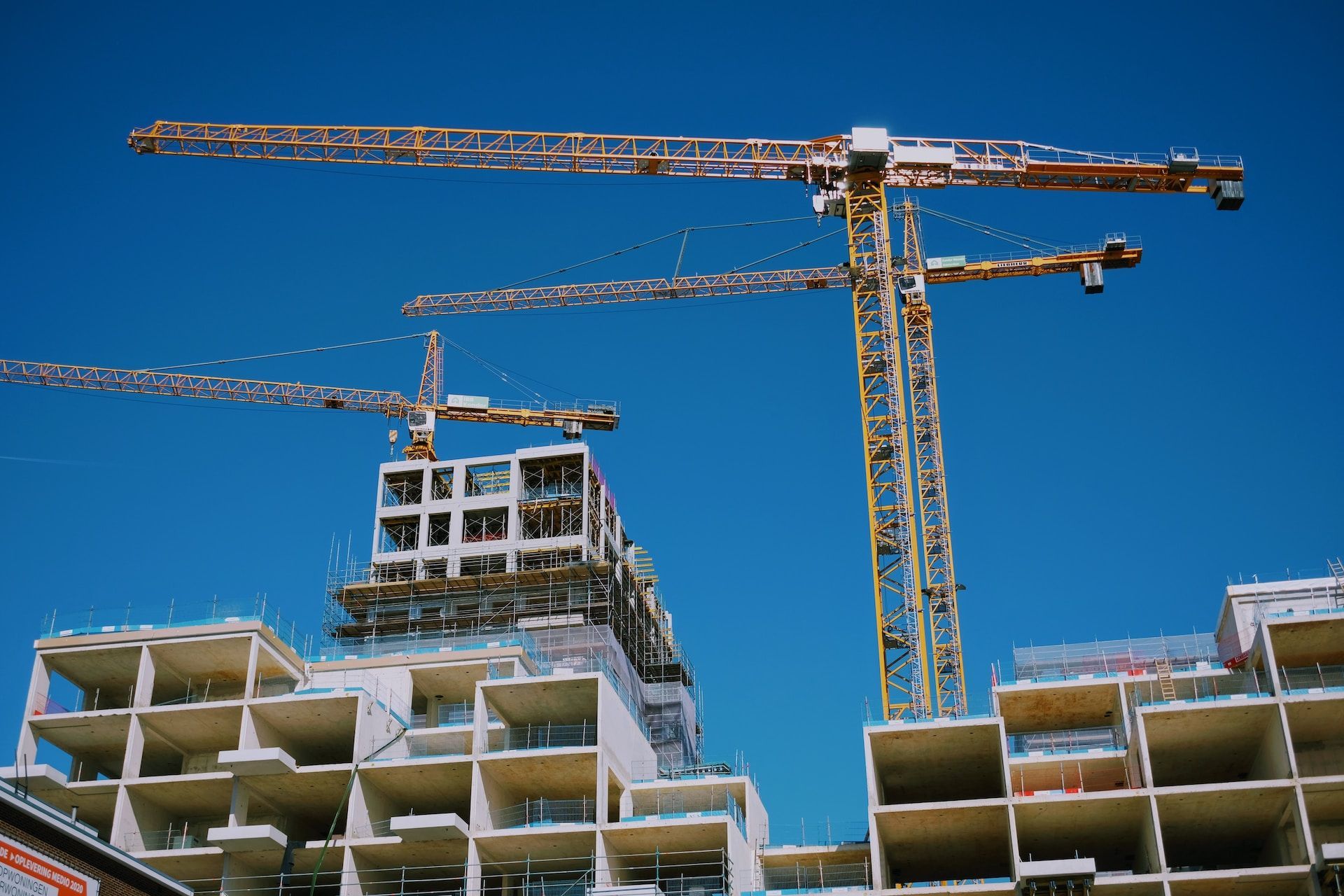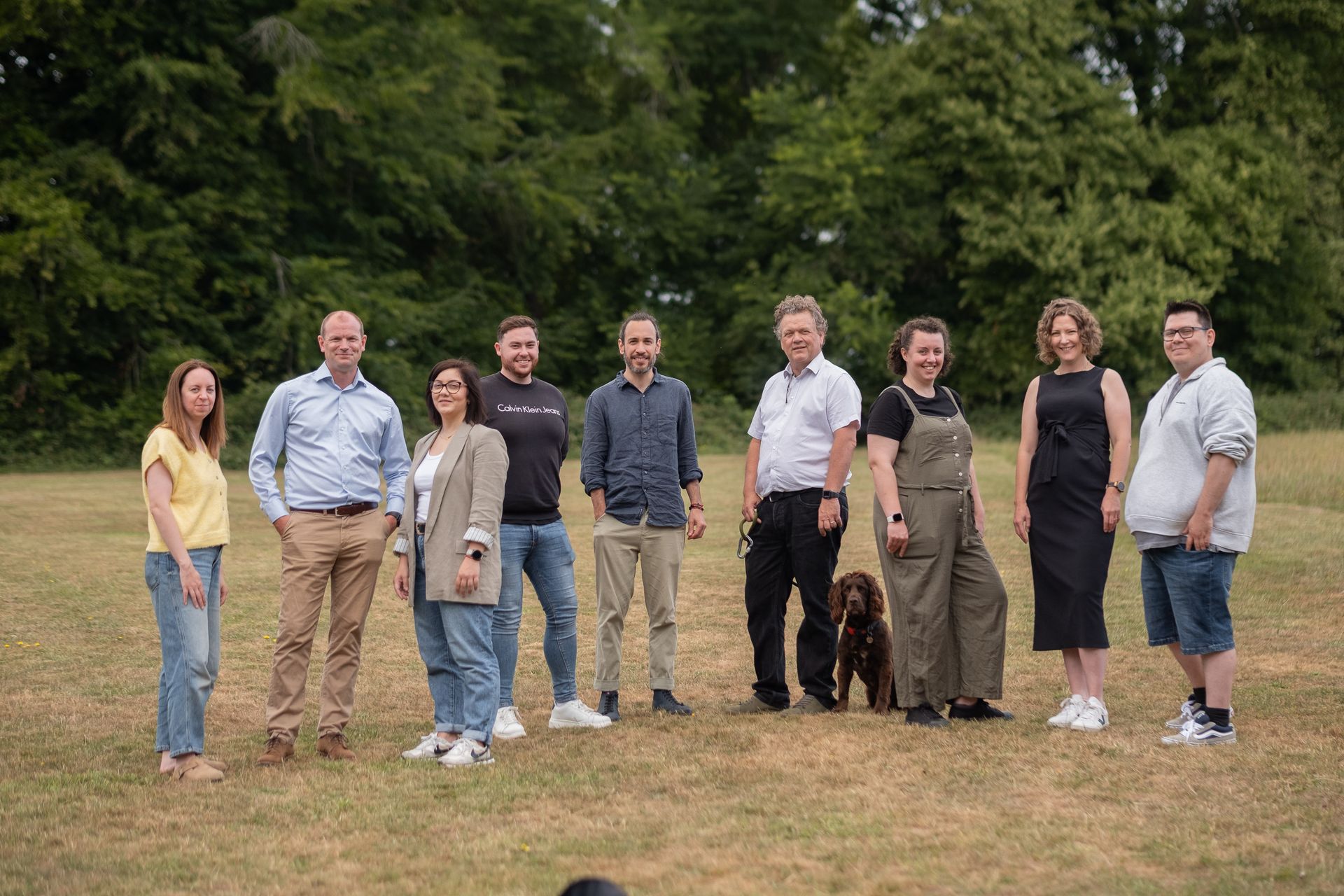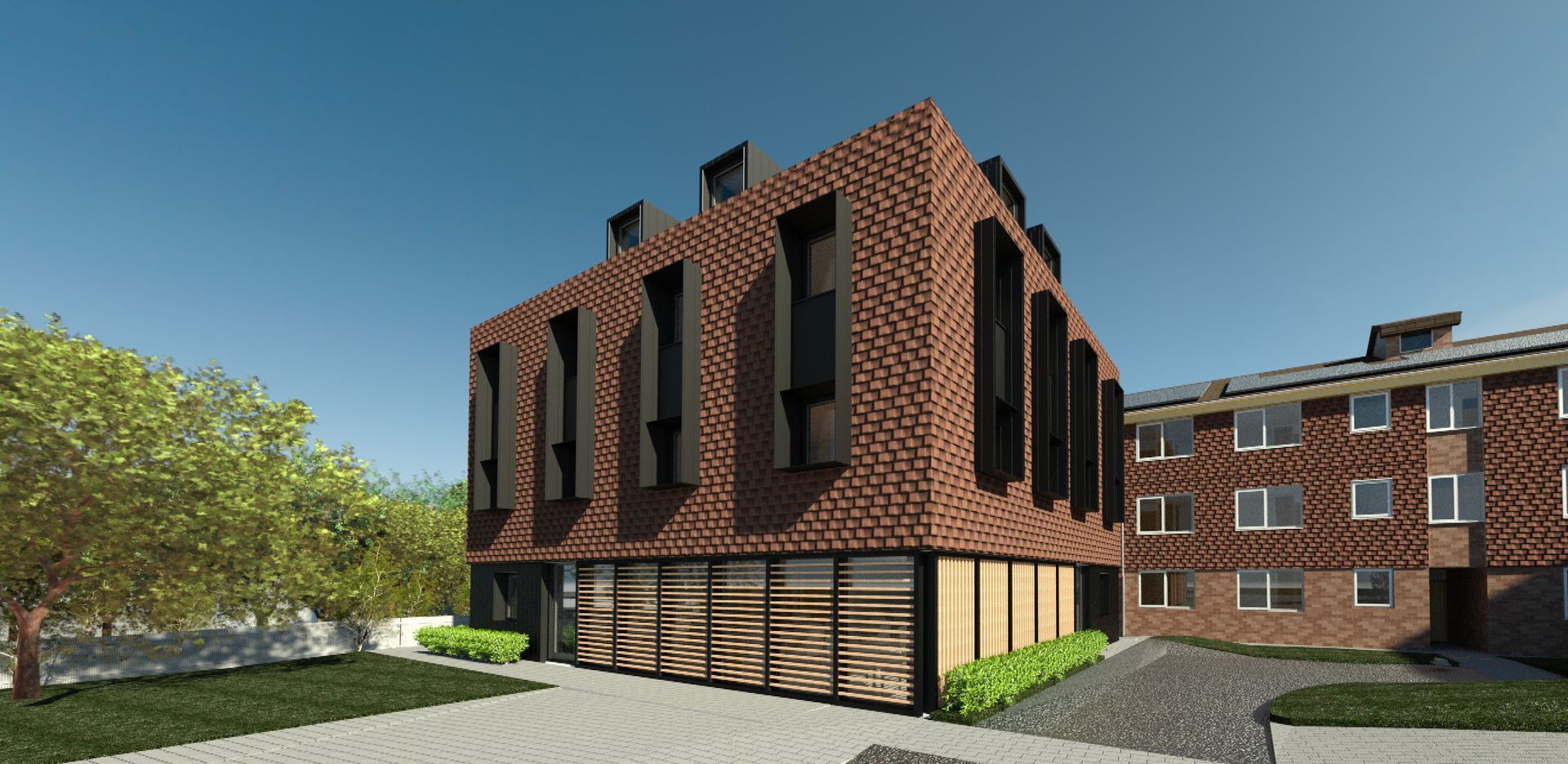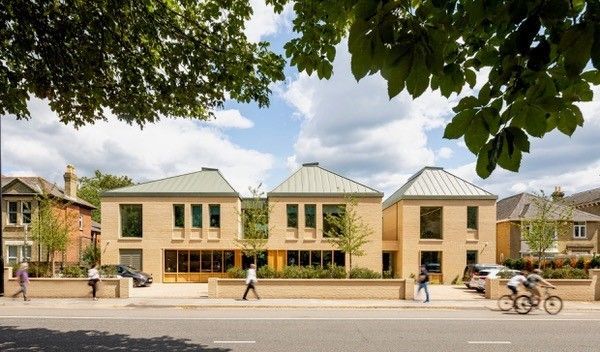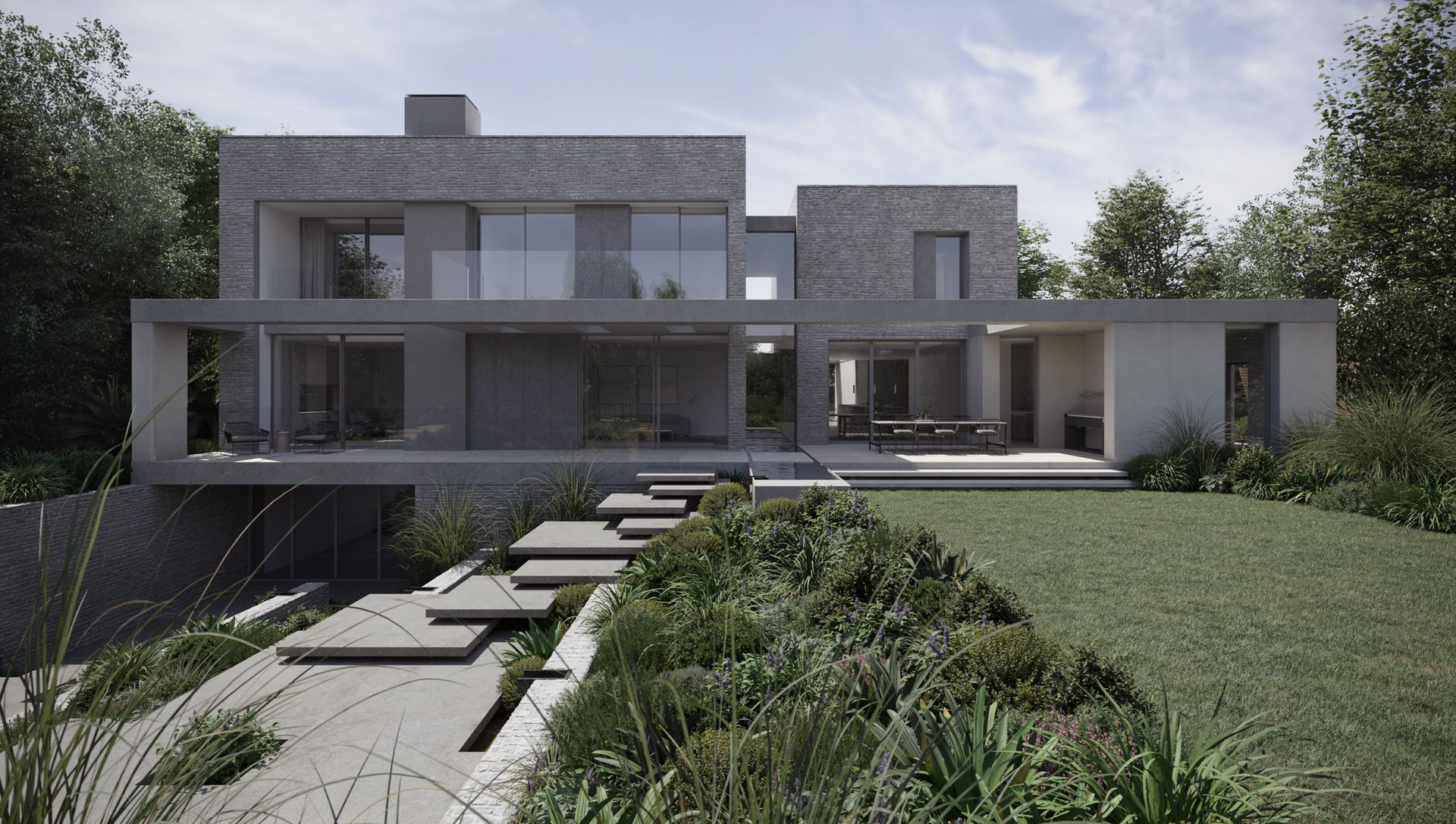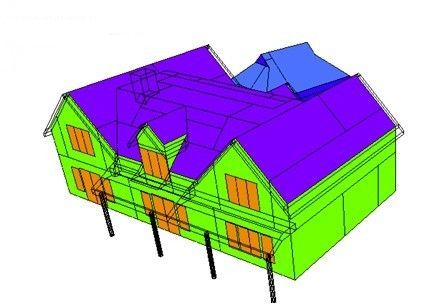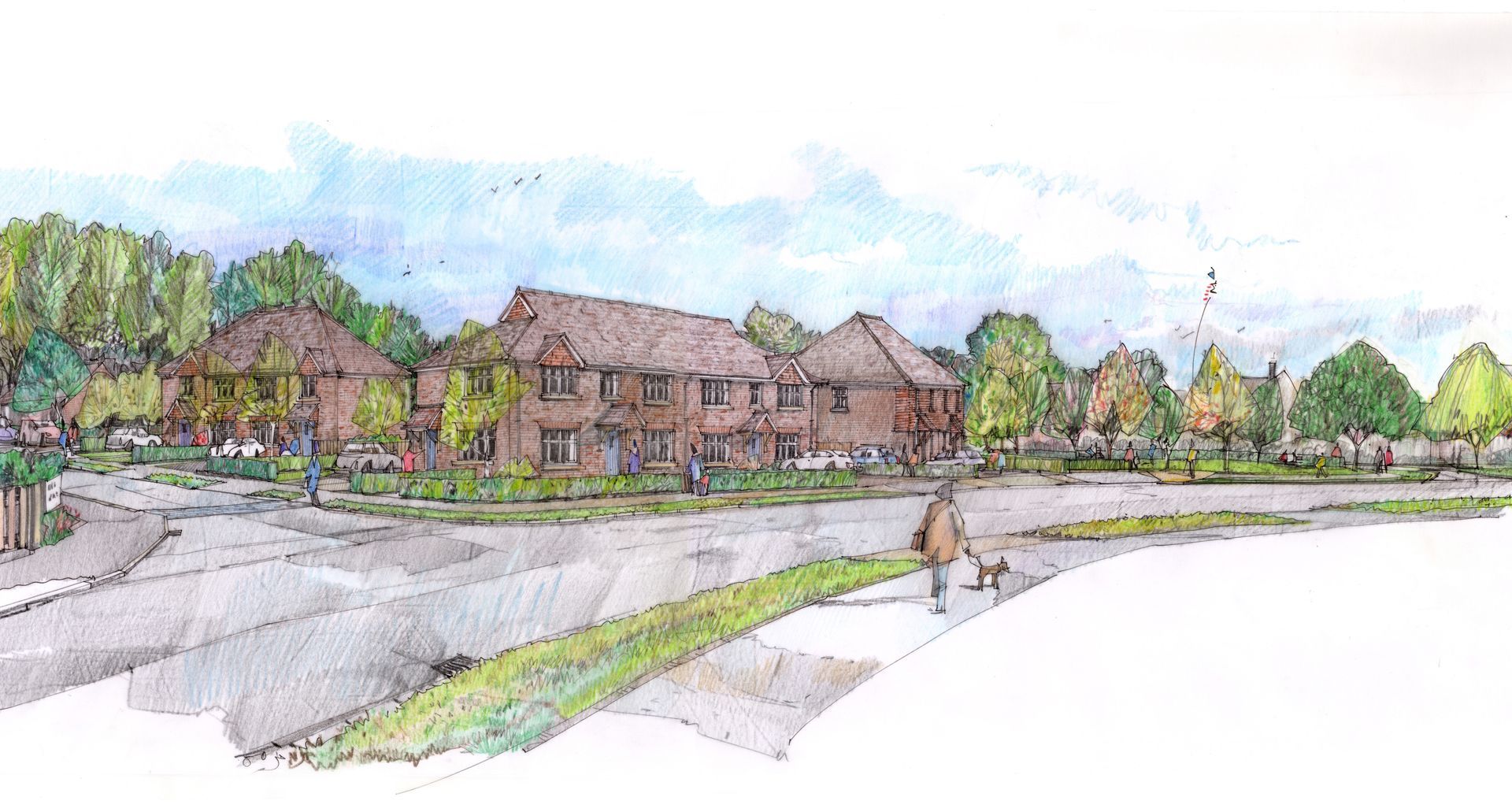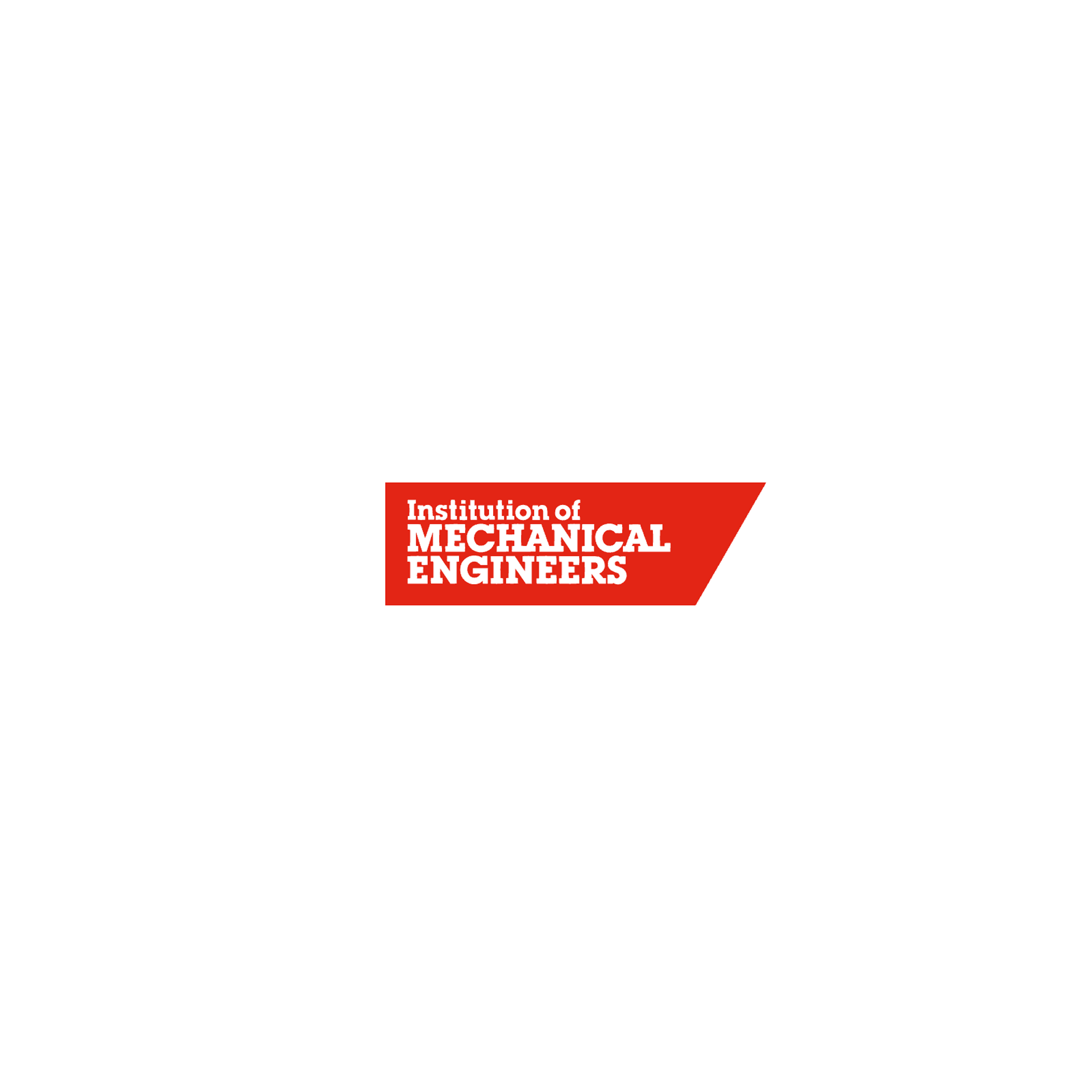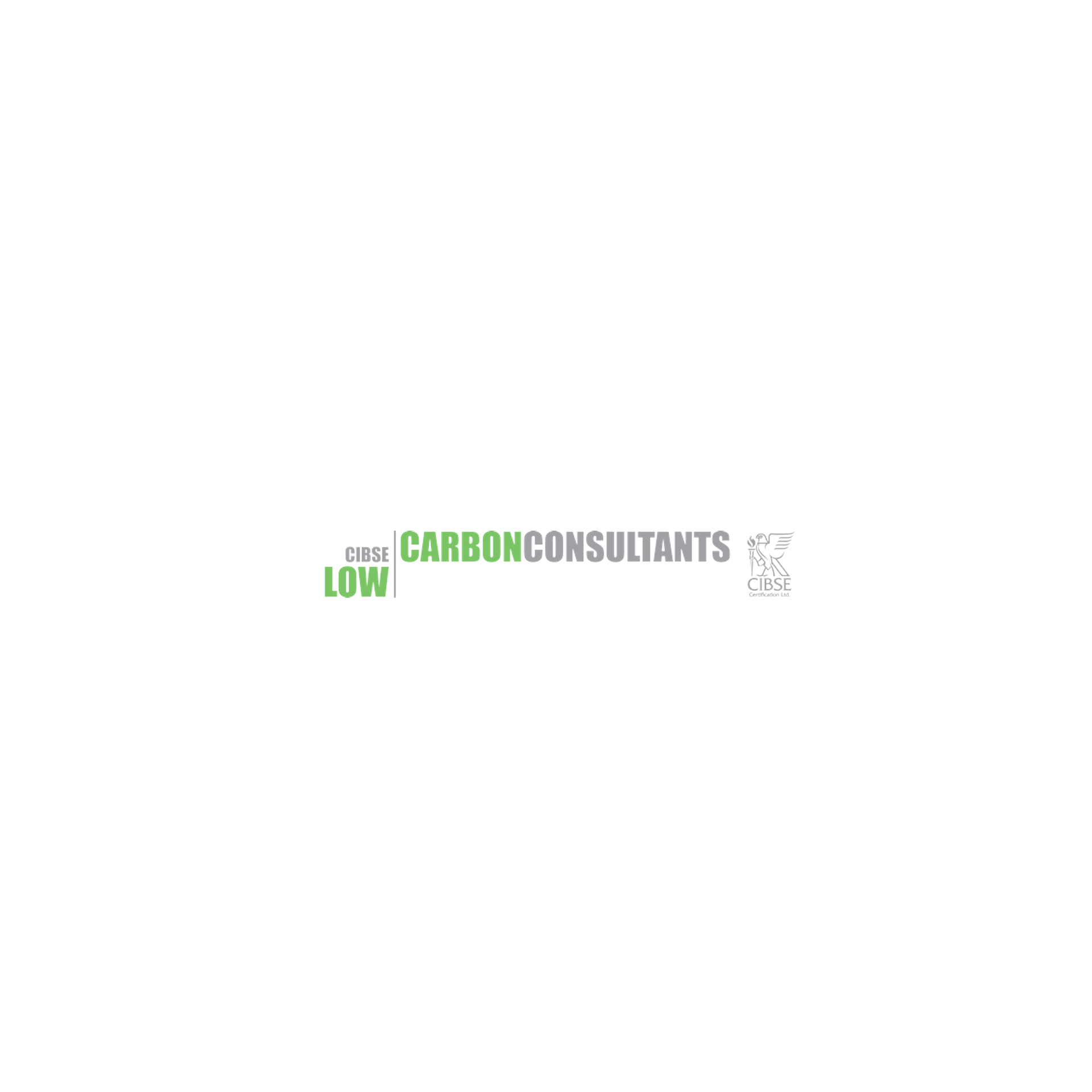A closer look at the UK's sustainable building and renewable energy targets
The United Kingdom (UK) has set ambitious targets to combat climate change and promote sustainable development. One of the key areas where the UK is focusing its efforts is in the building and renewable energy sectors. In this blog post, I’ll be taking a closer look at the UK's sustainable building and renewable energy targets, their purpose, and how they compare to the targets set by other European countries.
Sustainable building and renewable energy targets
The UK has set a target to achieve net-zero carbon emissions by 2050. As part of this goal, the UK government has set specific targets for sustainable building. The primary target is for all new homes to be built to zero-carbon standards by 2025. Additionally, the government has set a target for all existing buildings to be retrofitted to improve energy efficiency by 2030.
As well as sustainable building targets, the UK has also set ambitious renewable energy targets, including the aim to generate 40% of its electricity from renewable sources by 2030.
The purpose of these targets is to reduce carbon emissions and promote sustainable development. By building new homes to zero-carbon standards and retrofitting existing buildings, the UK can significantly reduce its carbon footprint. These targets will also create new jobs and stimulate economic growth in the building sector.
In comparison with other European countries
The UK's sustainable building and renewable energy targets are among the most ambitious in Europe, and the UK currently ranks 6th in the world for wind and solar production and use. Several other European countries have set even more ambitious targets. For example, Sweden has a target to achieve net-zero emissions by 2045, while Denmark has a target to generate 100% of its electricity from renewable sources by 2030.
Who is doing particularly well?
Several countries in Europe are leading the way in sustainable building and renewable energy. Norway, for example, has achieved nearly 100% of its electricity generation from renewable sources, namely hydroelectricity. Denmark and Germany are also making significant progress, with over 60% and 40% of their electricity generated from renewable wind and solar sources, respectively.
From a Mesh point of view, how are we doing? Can we meet these targets?
Mesh, a UK-based sustainability consultancy, is committed to helping its clients meet the UK's sustainable building and renewable energy targets. While the targets are ambitious, Mesh believes that they are achievable with the right approach. Mesh works with clients to identify opportunities to improve energy efficiency and reduce carbon emissions. Mesh also helps clients to implement renewable energy solutions, such as heat pumps, solar panels, batteries and many other low carbon technologies.

What must be done in the building and renewable energy sector to help meet these targets?
To meet the UK's sustainable building and renewable energy targets, significant investment will be required in the building and renewable energy sectors. The government must provide incentives for businesses and individuals to invest in sustainable building and renewable energy solutions. The construction industry must also adopt new technologies and practices to improve energy efficiency and reduce carbon emissions.
In addition, much work needs to be done at grass-roots level to help building design teams to collaborate better, work with powerful and insightful software and encourage as well as educate the next generation of architects and building consultants graduating from college and university.
Only through this long-term commitment can we make lasting and positive change.
How does the work that Mesh do contribute to meeting these targets?
Mesh is making a significant contribution to meeting the UK's sustainable building and renewable energy targets. We work with clients at the earliest possible stages to understand sustainable aspirations, compliance requirements and identify unique project opportunities to improve energy efficiency and reduce carbon emissions. Much of our time is spent at early project stages, understanding the fundamental thermal and wider building performance behaviour to ensure that the developed design is informed and impactful.
We bring experience, software, collaborative thinking and never-before seen insight to designing buildings fit for the future.
In conclusion, the UK's sustainable building and renewable energy targets have been set to ensure the UK plays its part in the global push to reduce, stop and reverse the damage that carbon emissions have had on our world. The UK are doing ‘ok’ at the moment, but it can definitely do better, and Mesh will continue to play a pivotal role in decarbonising the built environment in the UK and beyond.


